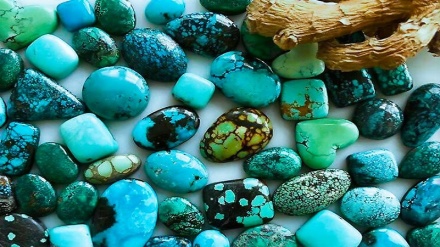Iranian Market (6)
Welcome to another episode of the series titled “Iranian Market”. In this episode we continue discussing the Iranian Carpet and the industry of carpet weaving in the Islamic Republic which is actually a combination of art, creativity, collective effort and manifestation of the Iranian culture.
As we said in the previous program, the Pazyryk carpet is the oldest rug in the world made by Iranians and discovered in 1949 in Pazyryk Valley in Siberia during archeological diggings. This carpet was actually found in the grave of a Scythian nobleman. The rug had been frozen in the ice and it was very well preserved.
Pazyryk carpet is made of wool and has different colors. Its decoration is rich and varied.
According to experts, the art used in Pazyryk carpet shows that there has been a centuries- long rich cultural background behind it.
Experts say the advanced technique used in the Pazyryk carpet indicates a long history of evolution and experience in weaving.
The discoverer of the Pazyryk carpet, the Russian archeologist, Sergei Rudenko in his book published in 1953 assumed it to be a product of the contemporary Achaemenids.
While examining structures and patterns of the carpet, Rudenko discovered a close similarity with sculptures of Persepolis.
Many researchers believe that it dates back to Parthians and Medes.
The carpet’s fine weaving and elaborate pictorial design hint an advanced state of the art of the carpet weaving at the time of its production.
Rudenko in one of his books on the Iranian- made Pazyryk carpet wrote: “Arranged chain- like men and beasts in certain spaces obviously remind us of Achaemenid and Assyrian styles. Decorating horse tail and foretop is also a Persian tradition. Stablemen pace on the horse’s left while their right hand is on its neck both in Persepolis statues and Pazyryk."
He described the carpet as knotted tufted wool with live colors of dark red, green, blue, yellow and light orange colors, about 2 square meters in dimension. The designs are mostly equestrian, grazing deer, mythical beast with eagle’s head and lion’s body and flowery edges.
Rudenko in his book continued: “The deer design in Pazyryk is obviously the yellow deer known as Persian Fallow Deer.”
The original Pazyryk is now preserved in the Russian Hermitage Museum.
AE/ME


